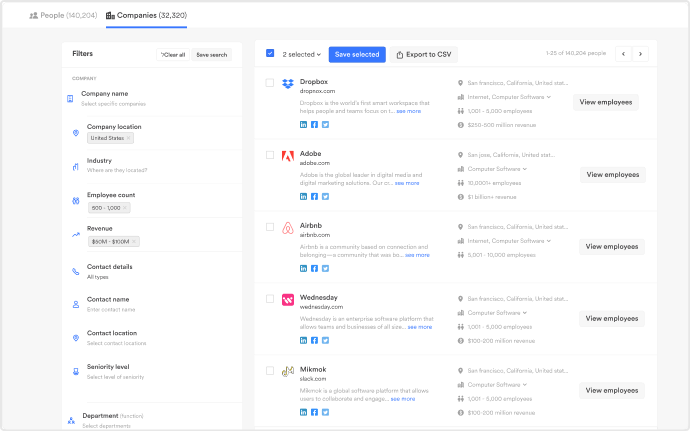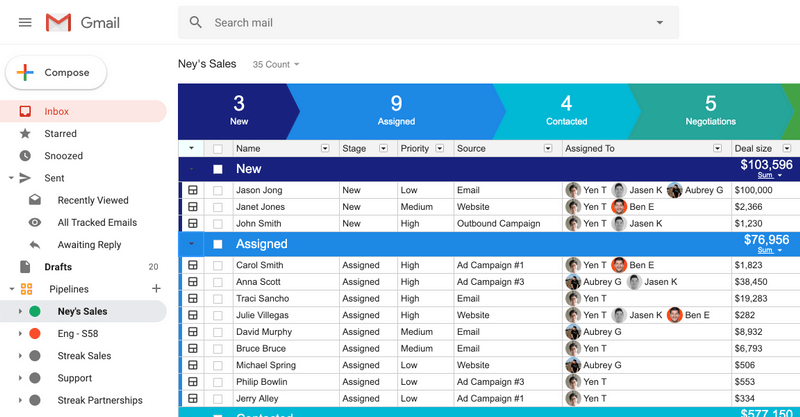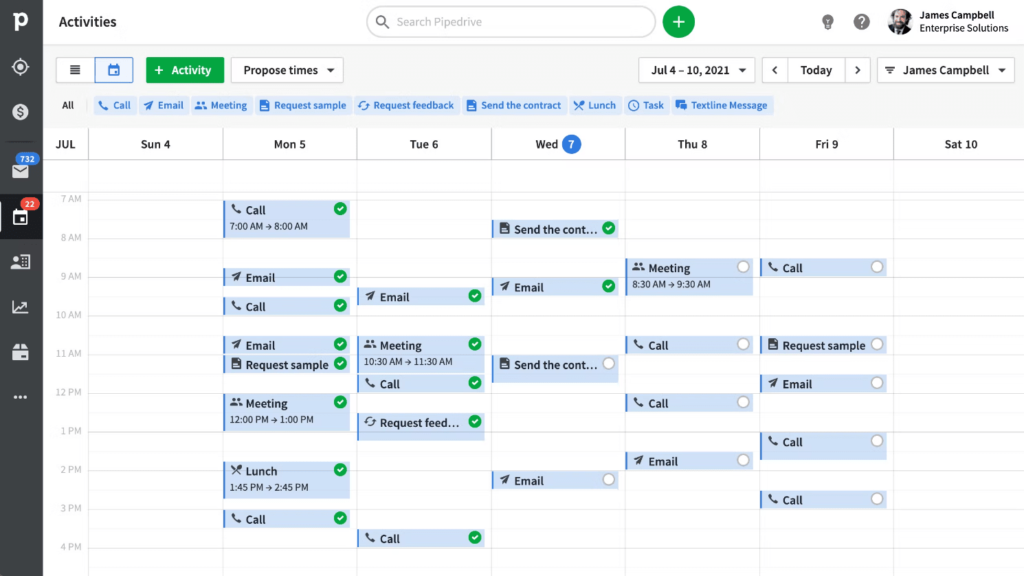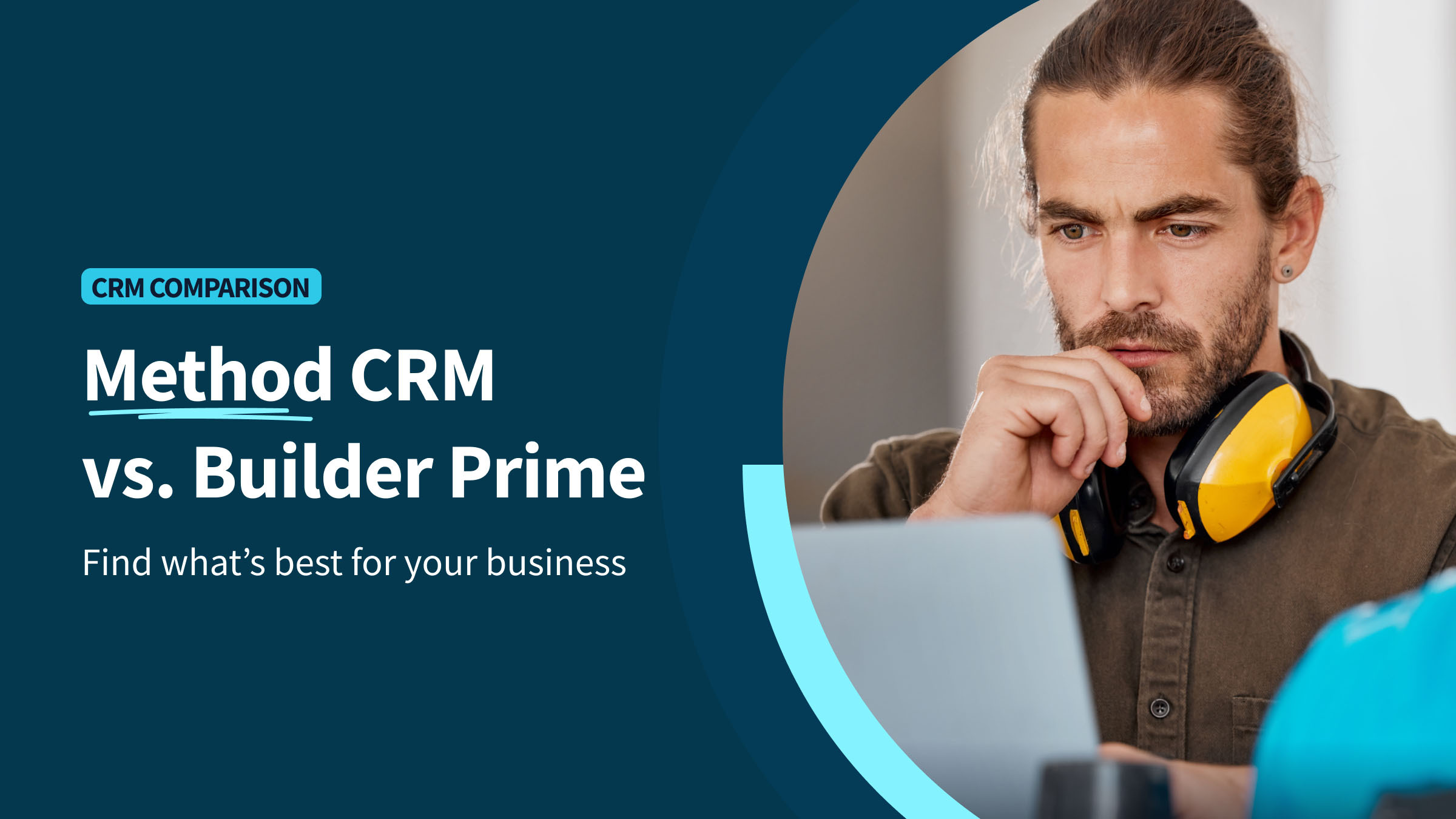Defining a sales pipeline is one of the most important measures for any business’ success. However, it’s easier said than done.
Establishing the steps of your sales pipeline is tough, and following them is a whole different beast. But with the right software, you have a structured approach to managing, nurturing, and advancing leads to convert your prospects into loyal customers.
This guide dives deep into software sales pipeline stages, offering insights to:
- Maximize opportunities.
- Enhance communication.
- Optimize your sales process.
Without further ado, let’s jump into the article!
What is a sales pipeline?
A sales pipeline is a systematic and visual representation of the sales process, detailing each stage from prospecting to closing the deal.
It’s the roadmap that sales teams use to guide a lead from the first point of contact, through nurturing activities like product demonstrations and objection handling, all the way to the final sale.
Why are the sales pipeline stages important?
Recognizing individual pipeline stages is essential. To develop a structured approach to your pipeline, you must first understand exactly what it consists of.
Acknowledging these stages enables your sales reps to identify potential clients in the sales pipeline early on, ensuring that no opportunity is missed. It’s easier to advance prospects to the closing stage of the sales pipeline if you’ve nurtured them since the awareness stage.
Knowing your sales pipeline stages also improves future planning, as it gives you tools to quantify the potential sales from the pipeline and to forecast revenue from the current state of the sales pipeline.
As a sale develops, your sales reps are then able to coordinate activities throughout the sales pipeline, from cold calling to appointment scheduling.
Finally, understanding the stages of your pipeline makes it possible to adapt the sales strategy according to the pipeline’s performance and historical data. Maximizing opportunities at every step gives you the insights to optimize the sales process within the pipeline, from tweaking product demonstrations to upselling or cross-selling your products.
Overall, recognizing these stages is the best way to maximize opportunities at each stage of the sales pipeline as it helps businesses set realistic goals and expectations.
Essential metrics to incorporate into your sales pipeline
To manage the stages of the software sales pipeline effectively, it’s crucial to monitor and evaluate specific metrics. These metrics help in optimizing the sales process, forecasting potential revenue, and adapting strategies based on your pipeline’s performance.
Source of the lead
Identifying where your leads are coming from is crucial. Whether it’s outbound sales, marketing campaigns, or referrals, accurate attribution tells you what’s working and what isn’t. It also helps in segmenting your sales pipeline based on buyer personas that give each sales rep the knowledge to take tailored approaches. Through personalization, you improve customer satisfaction and engagement.
Industry
Different industries face different needs and challenges. Understanding the industry of your potential customers helps in coordinating activities throughout the sales pipeline. By segmenting leads based on industry, your salespeople can ensure that your products or services align with each prospect’s specific requirements.
Decision-makers involved
In any deal, knowing the number of decision-makers and their roles is crucial. From making presentations to stakeholders to maintaining consistency in handling leads, establishing the decision-makers involved simplifies engagement at each stage.
Size of the deal
By tracking the size of each deal, companies can prioritize their efforts. Quantifying jobs based on size and profitability makes it easier to forecast budgets and meet quotas down the line.
Closing probability
Evaluating the likelihood of a deal closing helps in optimizing resources and efforts. By monitoring the closing probability, sales teams can focus on leads with higher conversion rates.
What are the stages of a sales pipeline?
By understanding and structuring each stage of the sales pipeline, you’ll nurture potential clients effectively and transition them smoothly from one phase to the next. Let’s break down these stages to develop a structured approach to the sales pipeline:
Phase 1: Prospecting or lead generation
This is the starting point where your salespeople identify potential clients. It involves activities like:
- Using tools to amplify the search process.
- Developing contact lists.
- Organizing those lists to segment the sales pipeline based on buyer personas.
The goal is to fill your sales funnel with quality leads that you can progress through the subsequent stages.
Phase 2: Initial contact and lead nurturing
Once you’ve identified your leads, the next part of the process is to establish initial contact. This could be through emails, calls, or face-to-face meetings. The goal is to nurture leads through the sales pipeline, making them more receptive to what your company offers.
Phase 3: Lead qualifying
Not all leads are a good fit. The qualification stage involves evaluating a lead’s potential to become a customer. Qualification is based on a prospect’s needs, budget, and alignment with what your company offers. It ensures your efforts are focused on leads that have a higher probability of conversion.
Phase 4: Product demo or free trial
Here, potential buyers get first-hand experience of your product or service. Whether it’s a product demo or a free trial, this stage allows prospects to see the benefits and functionality of what’s being offered, advancing them closer to a purchase decision.
Phase 5: Proposal or negotiation
Once a lead shows genuine interest, it’s time to discuss terms. For example, this might involve sending a detailed proposal, negotiating contract terms, or answering any final questions. The goal is to align both parties’ expectations and move closer to sealing the deal.
Phase 6: Closing
This is the culmination of all previous efforts. It’s where the deal is finalized, contracts are signed, and a purchase order is placed. Monitoring progress and tracking conversion rates at this stage is crucial to evaluate the effectiveness of the sales pipeline and adapt strategies accordingly.
Phase 7: Post-sale follow-up and support
The journey doesn’t end with a sale. Post-sale activities, like customer success initiatives, renewals, and account management ensure customer retention and satisfaction. It’s about building lasting relationships and maximizing opportunities for future business.
Best software for sales pipeline management
Here are the best examples of sales pipeline management software.
Method CRM
Method is the #1 customizable CRM solution for QuickBooks and Xero users. Its seamless integration with your accounting software ensures that your team can leverage your accounting data without compromising its integrity.
Method’s two-way sync ensures that information remains current across both platforms, eliminating discrepancies and enhancing efficiency.
But it doesn’t just bridge the gap between customer relationship management and accounting. Method also lets you customize and automate workflows with drag-and-drop tools, so you get software sales pipeline stages that are tailored to your needs.
Plus, with Method, you get:
- Reports and analytics for informed decision-making.
- Centralized data and contact details.
- Scalability to accommodate business growth.
- An intuitive and user-friendly interface.
- A mobile app for iOS and Android.
Lusha

Image credit: Lusha
Lusha is a comprehensive sales solution designed to simplify lead generation and outreach for businesses. Its popular features include:
- Lusha Prospect Search, a designated lead generation tool with firmographic data.
- Accurate direct dials for smoother outreach.
- Powerful third-party integrations.
- One-click lead enrollment and enrichment.
Zapier

Image credit: Zapier
Zapier is a popular online tool that connects your favorite apps so that all your software solutions work together harmoniously. It connects your systems and software sales pipeline stages to ensure a seamless workflow.
With its no-code interface, Zapier:
- Integrates with over 3,000 apps like Google Workspace, Mailchimp, and Jobber.
- Automates sales workflows with “Zaps.”
- Tracks all tasks and triggers actions between platforms.
Streak

Image credit: Streak
Streak is a comprehensive business platform that boosts efficiency and drives sales. Our team discovered through using this product that it’s fit for a variety of industries and departments — including sales.
Streak automatically captures contact information from emails and gives you sales pipeline templates and marketing tools to follow up with prospective customers. Plus, you can communicate with your team more easily with internal data sharing.
Pipedrive

Image credit: Pipedrive
Pipedrive is a simple, user-friendly software solution ideal for smaller organizations looking to define their first software sales pipeline stages.
After putting it to the test, Pipedrive visualizes your sales process from start to finish to improve how you track your sales and serve your customers. It also helps with sales territory management through its extensive goal-setting and planning tools.
Beyond that, Pipedrive’s other features include:
- Integrations with over 300 third-party applications.
- The ability to create and send invoices directly from the software.
- Email and communication tracking across multiple channels.
Sales pipeline stages best practices
To ensure a thriving sales process, it’s essential to adopt best practices at all software sales pipeline stages:
- Identify leads efficiently: Use data-driven methods and designated tools to identify prospects that align with your product or service.
- Nurture leads: Always prioritize nurturing leads to build trust and rapport, ensuring your potential clients are engaged and receptive to your offerings.
- Monitor progress: Regularly review each stage of the sales pipeline to ensure deals are moving forward.
- Emphasize communication: Make all efforts to streamline communication within the sales pipeline, internally and externally. This helps in improving engagement and understanding between your sales team and prospects.
- Develop a structured approach: A well-defined process ensures consistency and efficiency throughout the sales journey.
- Forecast revenue: Use data from your pipeline to predict future revenue, aiding in strategic planning.
- Maintain consistency: Ensure every lead is treated with the same level of attention from start to finish. Plus, don’t get hung up on one step — it’s important to improve engagement in each stage of the sales pipeline.
Why consider sales pipeline software
Sales pipeline software is a game-changer in several ways. It helps you:
- To monitor progress at each stage of the sales pipeline.
- To transition prospects from one stage to the next.
- To learn from the sales pipeline data to improve future sales efforts.
What results is improved coordination and an optimized sales strategy. With the ability to track conversion rates at each stage of the sales pipeline, quantify potential sales, and adapt strategies based on real-time data, software ensures that you maximize sales efforts at every stage.
Build your sales pipeline with Method CRM
Meet Method CRM, your next employee of the month. It’s the #1 CRM for QuickBooks and Xero users, and your ideal partner in building a robust sales pipeline. With features tailored to coordinate activities, segment users, and forecast revenue, Method offers a structured approach to sales.
Whether you’re looking to transition prospects smoothly or learn from your sales data for future strategies, Method has you covered.
Key takeaways
When it comes to software sales pipeline stages, here’s what you need to remember:
- A well-maintained sales pipeline is crucial for successful sales strategies.
- Adopting best practices ensures consistency, efficiency, and improved engagement.
- Sales pipeline software like Method enhances your sales process through valuable insights and tools.
- Monitoring progress and adapting strategies based on data are essential for maximizing opportunities at every stage.
Incorporate these insights into your sales strategy and watch as your sales pipeline transforms into a well-oiled machine. Then, sit back as your software helps you drive deals from one stage to the next with precision and efficiency.
FAQs
What are the key software sales pipeline stages?
The key software sales pipeline stages are as follows:
- Prospecting or lead generation.
- Initial contact and lead nurturing.
- Qualification.
- Product demo or presentation.
- Proposal or negotiation.
- Closing.
- Post-sale support.
How can I effectively manage the different stages of a software sales pipeline?
To effectively manage the different software sales pipeline stages, you must develop a structured process for consistency and regularly review stages to optimize. This involves:
- Segmenting the pipeline by buyer personas.
- Forecasting sales using pipeline data.
- Continuously analyzing and adapting strategies for improvement.
How do I move a prospect from one stage to the next in a software sales pipeline?
Transitioning a prospect from one stage to the next involves nurturing your leads by offering valuable information and addressing their concerns. Make sure to:
- Communicate your software’s benefits clearly.
- Tailor your approach to each prospect’s needs
- Coordinate activities like demos and presentations.
After transitioning prospects through your software sales pipeline stages, gather feedback to maintain consistency in handling leads throughout the sales pipeline and evolve your process over time.
Work smarter, not harder. Automate your sales pipeline with your free trial of Method.






